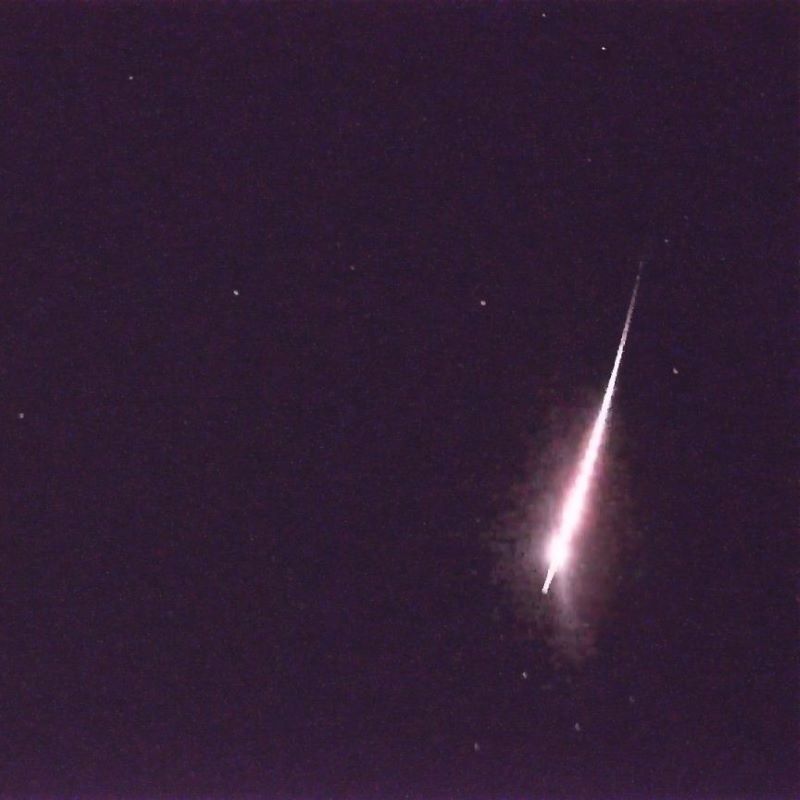
7 fireballs in 1 night
Some big meteor showers can fizzle while some small ones can roar! That’s the unpredictable nature of meteor showers. Mid-July kicks off a busy meteor season in the Northern Hemisphere. The Perseids and the Southern Delta Aquariids are the main sources of this activity. The Alpha Capricornids are a minor source of meteors, which peak during the last week of July, usually producing no more than five meteors per hour at best. But on the night of July 25-26, 2023, this meteor shower put on a blazing show.
The Alpha Caps, as we call them, are best known for producing bright fireballs. Surprisingly though, meteor cameras all over the world have been capturing an unusual number of these fireballs. This is earlier than normal, as we expected most of the fireball activity during the last days of the month and the first few days of August. For me, these Alpha Cap fireballs began on July 18, with one each night on the 20th, 23rd and 24th. The cameras caught none on the 25th, but then an incredible six shot past the cameras on the 26th.
Below is a video of the one non-Alpha Capricornid from July 25-26, also seen above.
Videos and stills of the 6 Capricornids
Below is each of the 6 Capricornid fireballs, along with still frames of the meteors.
First up is an Alpha Cap fireball that flashed in front of Pegasus, a constellation far from the radiant.
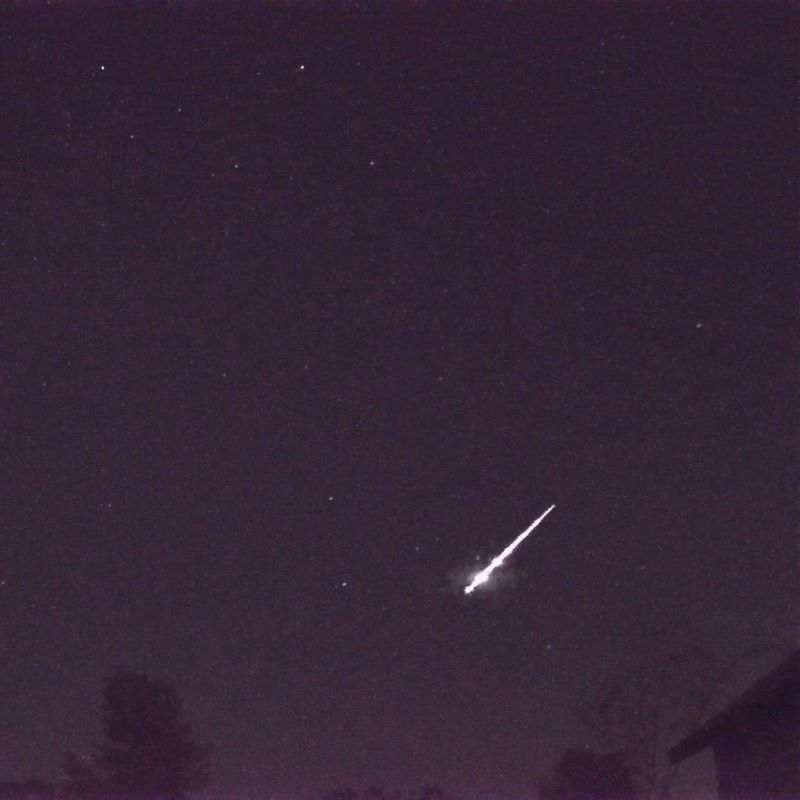
The second fireball included a fainter meteor heading in the opposite direction. These were nearly simultaneous Alpha Caps. The fireball shot eastward while the fainter meteor shot westward.
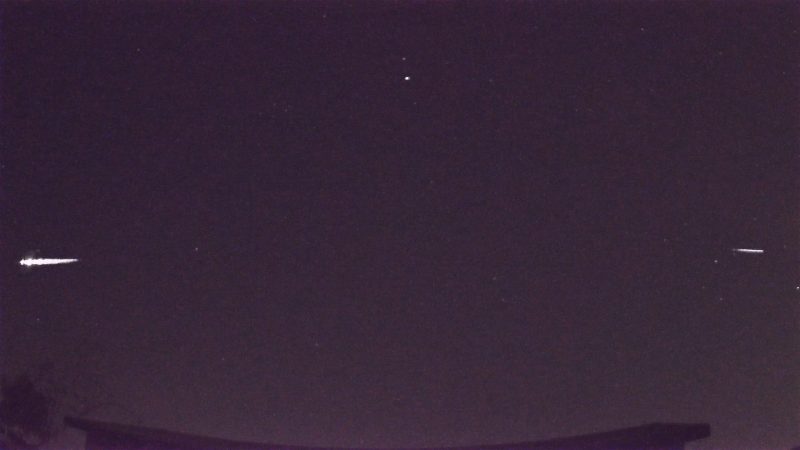
The third Alpha Cap was a double bursting fireball in Sagittarius.
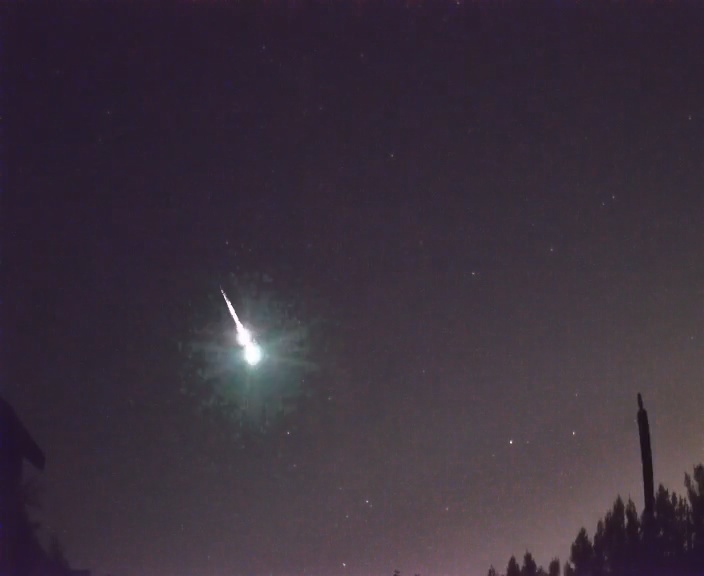
The fourth Alpha Cap streaked past Saturn in Aquarius.

The fifth Alpha Cap had a terminal burst. It appeared near Cassiopeia.
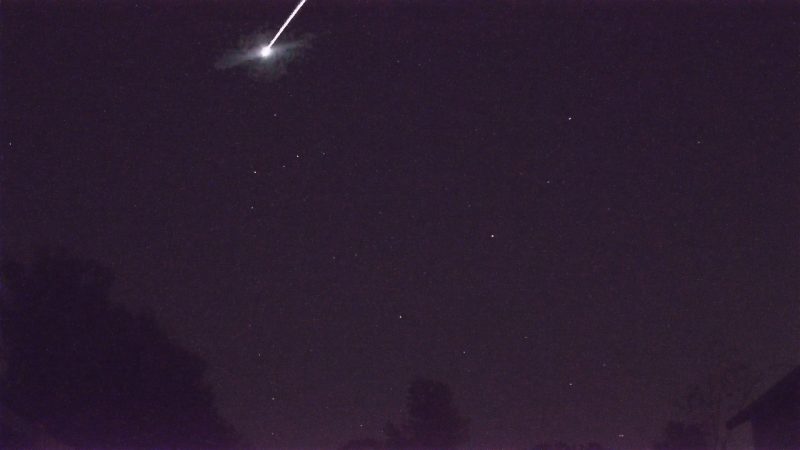
The sixth and final Alpha Cap from July 25 to 26 passed in front of a camera with a spectral slide. Thus, we got a view of the meteor’s spectrum.

There’s still time for you to see an Alpha Cap fireball
What does this all mean? Well, Earth is obviously entering an area of space where these Alpha Cap fireballs are more numerous. They should increase and peak near the end of the month. The full moon on August 1 will badly hamper the viewing of the regular meteors from this shower. Fortunately, that won’t affect these fireballs, as they’re all brighter than the planet Venus, and you can easily see them through the most intense moonlight.
Bottom line: If you wish to get out and see some celestial fireworks, get out and view the Alpha Capricornids. They are active all night long this time of year!
The post 7 fireballs in 1 night! The Alpha Capricornids roar first appeared on EarthSky.
0 Commentaires